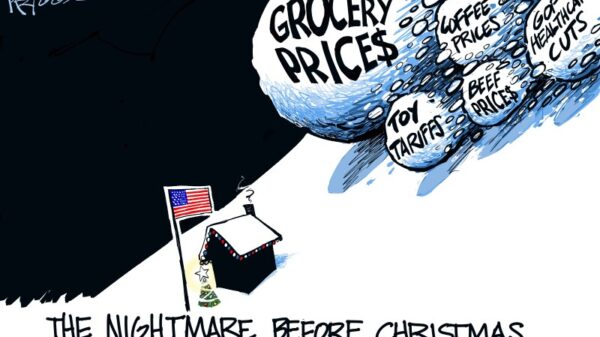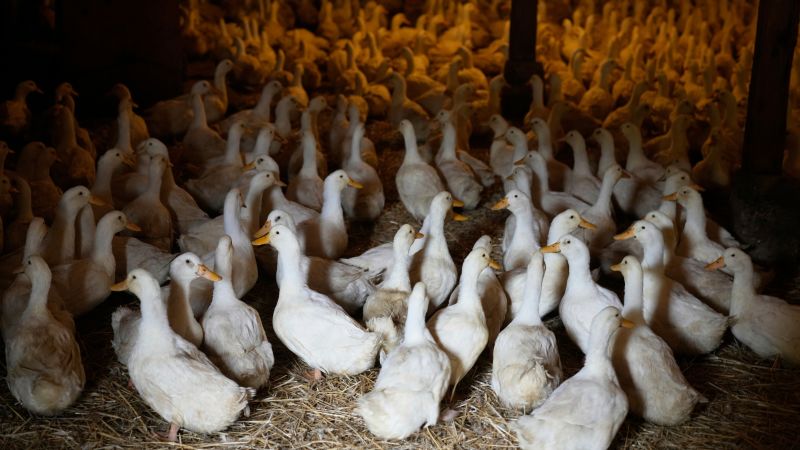The U.S. Centers for Disease Control and Prevention (CDC) has officially ended its emergency response to the H5N1 bird flu, citing a significant decrease in reported cases. This decision marks a shift back to standard monitoring and response protocols for the virus, which has not seen any human cases in the United States since February 2025.
According to a statement released on Monday by a spokesperson for the U.S. Department of Health and Human Services, the CDC’s emergency response was deactivated on July 2, 2025. The spokesperson emphasized that ongoing surveillance and preparedness for influenza, including H5N1, will continue under the CDC’s influenza division and other relevant agency programs.
Background and Rationale
Dr. Nirav Shah, who recently resigned as the CDC’s principal deputy director, supported the decision to end the emergency response. He explained that the initiative was driven by the CDC’s career scientists, noting the absence of human cases as a primary factor. “The rationale is, in short, there haven’t been any human cases. And so there is not the need to sprint all-out every single day when there haven’t been human cases in a while,” Shah stated. He assured that the response level could be quickly escalated if new human cases were to emerge.
The end of the emergency response was initially reported by Bloomberg News. The H5N1 virus, first identified in the late 1990s, has been responsible for sporadic outbreaks worldwide. Since 2022, it has affected nearly 175 million birds across the United States, impacting wild birds, commercial flocks, and backyard flocks alike.
Impact on Wildlife and Agriculture
Beyond avian populations, the virus has spread to numerous mammalian species across more than 100 countries. In early 2024, H5N1 infected dairy cattle in the United States, posing a significant threat to the dairy industry. Over the past 14 months, the virus spread to over 1,000 herds in 17 states.
A total of 70 human cases have been reported in the United States, resulting in one death.
The CDC’s H5N1 emergency was declared on April 4, 2024, facilitating additional support for the public health response, including increased staffing. Although the number of cases has decreased, experts caution that bird flu often exhibits seasonality, with peaks typically occurring in the fall or early winter.
Ongoing Monitoring and Future Preparedness
Despite the conclusion of the emergency response, federal health agencies remain vigilant. Some experts suggest that while mild cases may go undetected due to changes in surveillance strategies, it is unlikely that severe cases are being overlooked. The CDC’s commitment to monitoring the situation and scaling up activities as necessary remains steadfast.
“The current public health risk from H5N1 bird flu is low, however, CDC will continue to monitor the situation and scale up activities as needed,” stated the HHS spokesperson.
This development follows a period of heightened alert and response efforts that have significantly bolstered the nation’s ability to manage potential outbreaks. As the CDC transitions back to routine operations, the agency’s preparedness framework ensures that it can swiftly respond to any resurgence of the virus.
Looking Ahead
The decision to end the emergency response underscores the importance of adaptable public health strategies. As the CDC continues its surveillance and readiness activities, the agency remains poised to protect public health while balancing resource allocation. The H5N1 bird flu, though currently posing a low risk, serves as a reminder of the ever-present need for vigilance in the face of evolving viral threats.






































































